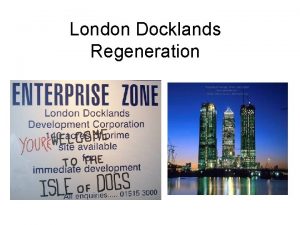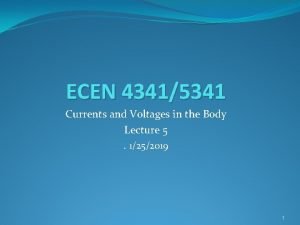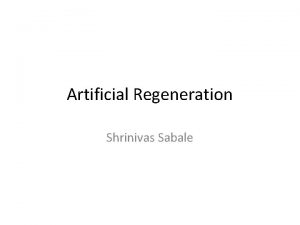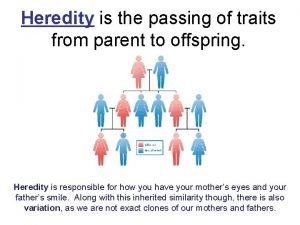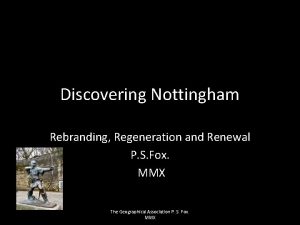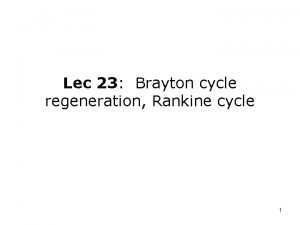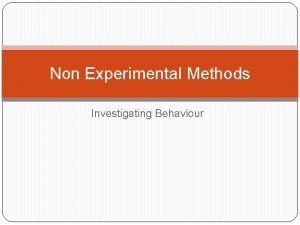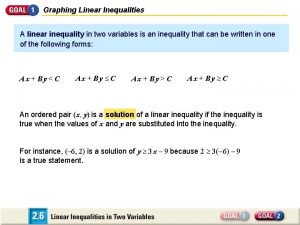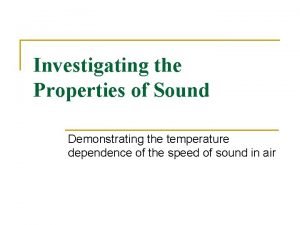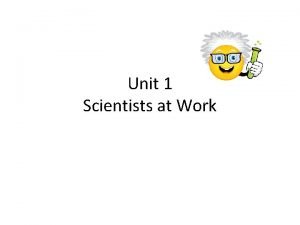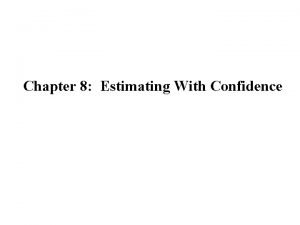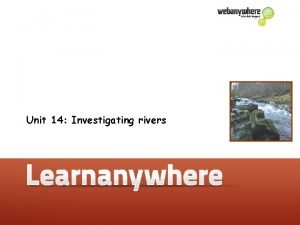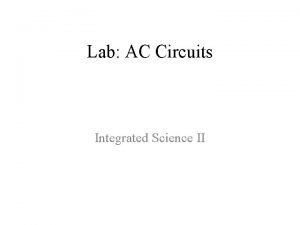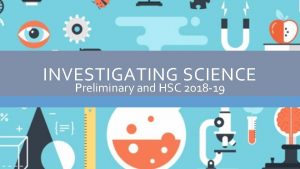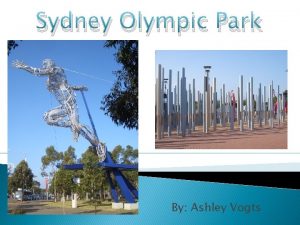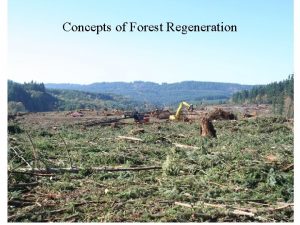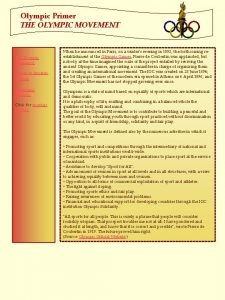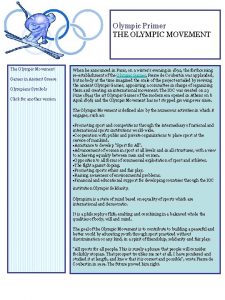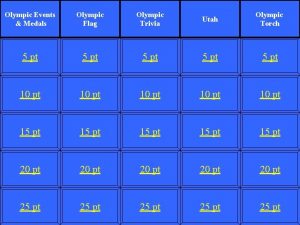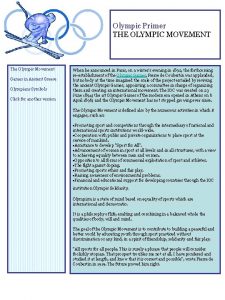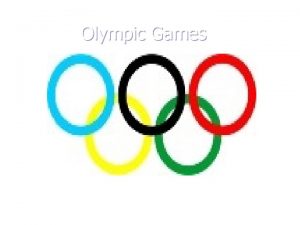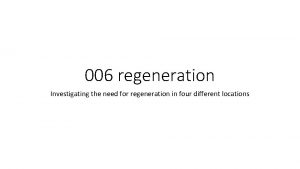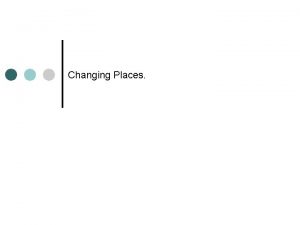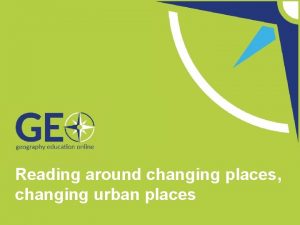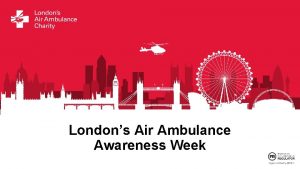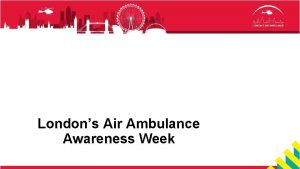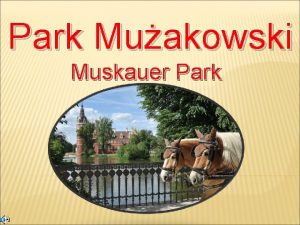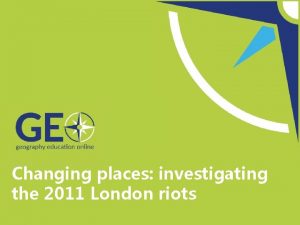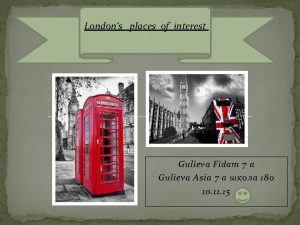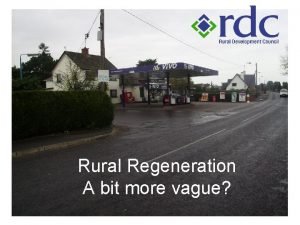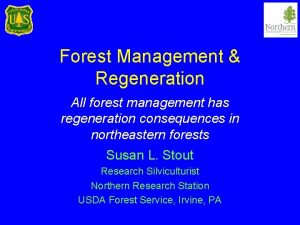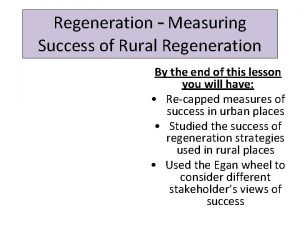Changing places investigating regeneration at Londons Olympic Park























- Slides: 23

Changing places: investigating regeneration at London’s Olympic Park

Getting started You’ll need a notepad on which to make notes as you go along, or you could make notes, paste images, etc. on your device. You can view these slides: • as a slide-show for any animations and to follow links • in ‘normal’ view if you want to add call-outs or extra slides to make notes, paste images, answer questions. © Geographical Association, 2021

The Olympic Park as a regeneration project This presentation is about the Olympic Park in Stratford, East London. Studying the Olympic Park is both an excellent case study for Changing Places and a popular area to investigate for the Independent Investigation (NEA). This presentation looks at: • how the area has changed since 2012 • how different stakeholders have been affected differently by the regeneration • what needs to be considered when evaluating success. © Geographical Association, 2021

The Olympic Park as a regeneration project This enquiry begins by asking you to think about who will have been affected by the regeneration and how they will have been affected. Key changes to the Olympic Park area are discussed before you’re asked to consider how successful this regeneration has been. Depending on who you ask, what you read and which data you look at, opinions on the success of the Olympic Park regeneration are different. This is key to remember as you work through this enquiry and answer the questions below. • What are the positive impacts and who have they benefitted? • What are the negative impacts and who have they affected? • Overall do 2021 the positives outweigh the negatives? © Geographical Association,

How the area has changed It is without question that the area has changed significantly since London was awarded the Olympic games. Some of the key features of the Olympic Park are discussed in the next few slides. As you read about each change, remember to think critically about who will have been affected by these changes and how they will have been affected – this will be different for each group. Activity Which groups have been affected? • Before you read any more information, can you think of different groups of people who will have been affected by the changes to Stratford, the Olympic Park and the surrounding area? • How many different stakeholders can you name? © Geographical Association, 2021

Who has been affected? Examples of groups affected include: • elderly local residents • young local residents (children) • residents who have recently moved into the area • residents who rent in the area • home-owners in the area • local businesses • international businesses and business shareholders • local government. Remember, each group will have been affected slightly differently. As you go through this enquiry, consider how each group may have been impacted and will continue to be impacted in the future. © Geographical Association, 2021

How have people been affected? Activity The images below were taken before the Olympic Park area was cleared to be rebuilt. Use the images to start making some notes on the possible effects of regeneration on the area: these notes should be added to throughout, as you discover more. © Geographical Association, 2021

The Olympic Park regeneration timeline These are the key features of the London 2012 legacy. Consider researching one or two specific events or details to find out more. © Geographical Association, 2021

Activity: Explore the area Click here to explore the area on Google Earth. Find: • Queen Elizabeth Olympic Park • the Olympic Stadium • East Village • Westfields Shopping Centre • the International Quarter. Look at: • the proximity of the Olympic Park to Canary Wharf and the centre of London. © Geographical Association, 2021

Queen Elizabeth Olympic Park • This is the name given to the green space created by the regeneration of this area. • It is the largest new urban park in the UK for over 100 years. • It covers an area equivalent to around 300 football pitches. • It is open 24 hours a day and is free to visit. • Providing things for people to do in the park for free was a key aim of the legacy and this has been a success. • More than 23 million people have visited the park since it opened. • It now hosts regular concerts and sporting events in its venues. © Geographical Association, 2021 Activity This slide and the next few slides contain information about some of the key changes. Make notes on each one, remembering to think different stakeholders.

East Village • The East Village was athletes’ accommodation during the games and was converted into flats shortly afterwards. • It is now home to over 6, 000 people. • For many, this area is one of the real successes of the Olympic Park regeneration. • However, the costs of living here may mean that its ‘success’ is contested. • Many people argue that the vast majority of the flats are simply unaffordable for local people, and that they have been forced out of the area by the regeneration. © Geographical Association, 2021

The International Quarter (IQL) • This area was still under construction in 2021 and is not yet fully finished. • It is a 22 -acre site where 333 new homes are being built, but the focus is more on office and retail (shopping) space more than residential. • Transport for London and the Financial Conduct Authority (FCA) have opened offices here. UNICEF, Cancer Research and the British Council are also moving in, which will bring the total number of jobs here to 25, 000. • This area has an ambitious vision: the website talks of ‘London’s best-connected new business district’ and of a ‘new neighbourhood, built for modern life and buzzing with energy’. © Geographical Association, 2021

What was lost along the way? Read this article. It was written in 2008 and talks about the Clays Lane estate that was demolished in order to make way for the Olympic Park regeneration. © Geographical Association, 2021 Activity Think about and make notes on: • whether or not you think the estate should have been demolished • the wider impacts on this community (beyond just moving away) • how the impacts could have been dealt with.

Debating the success Read this article. It was written in 2017 and discusses how the debate about the success of the Olympic Park regeneration still rages on. © Geographical Association, 2021 Activity Think about and make notes on: • the different stakeholders/ players named, and how they view the regeneration of the Olympic Park differently. • the extent to which the area may have been regenerated without the Olympic games. • the extent to which the park is a ‘family-friendly utopia’ or ‘part-privatised nightmare’ (as discussed in the article).

Quantitative evidence of the Activity impacts For quantitative evidence of the impact of the regeneration, the Index of Multiple Deprivation is a useful tool. Click here to compare the Index of Multiple Deprivation (IMD) scores for areas around the Olympic Park in 2015 and 2019 – showing continued change over time. © Geographical Association, 2021 Think about and make notes on: • how the IMD scores have changed (you could take screenshots) • which domain of the IMD has been most affected and why this might be. • What this document says about the changes that have been achieved since 2012.

Rebranding and re-imaging a Look at the photo below. How is the East place Activity Village being branded and portrayed in the • Who is this likely photo? to appeal to and why? • Who might feel excluded from this advertising and why? • How can we link these ideas to the question of how successful the regeneration has been? © Geographical Association, 2021

Rebranding and re-imaging a place Activity Look at the photo below. How is the East Village being branded and portrayed in the photo? © Geographical Association, 2021 • Who is this likely to appeal to and why? • Who might feel excluded from this advertising and why? • How can we link these ideas to the question of how successful the regeneration has been?

Debating the The previous two slides show the area being rebranded and resuccess imaged in a very particular way. It has been argued that those most affected by the regeneration project are those local residents who can no longer afford to live in the area. To consider this idea further, read these articles and add to your notes about the impacts of regeneration: 1. London Olympics has brought regeneration but at a price locals can’t afford. 2. Five years after London Olympics, Games’ legacy is off-track for locals. 3. The London Olympics didn’t improve life in East London. This open access academic paper is a little more complex but excellent: ‘It’s not for us’: Regeneration, the 2012 Olympics and the gentrification of East London. © Geographical Association, 2021

Coming to a conclusion At the start of this enquiry, the following questions were posed: • What are the positive impacts and who have they benefited? • What are the negative impacts and who have they affected? • Overall, do the positives outweigh the negatives? • Overall, has the regeneration been a success? Having completed the reading and looked at the data, what is your conclusion? • Has the regeneration of the Olympic Park been a success? © Geographical Association, 2021

Glossary • Deprivation: lacking the resources considered to be the necessities in a society. • Domains: parts or components of something such as the IMD. • Index of Multiple Deprivation: a measure used by the Government to show deprived an area is compared to the rest of the country. • Rebranding: the ‘marketing’ aspect of regeneration designed to attract businesses, residents and visitors. It often includes re-imaging. • Regeneration: long-term upgrading of existing places, or more significant renewal schemes for areas. • Re-imaging: how the image of a place is changed and portrayed in the media. • Stakeholders: a person or group of people with an interest in something. © Geographical Association, 2021

Taking it further For more information, look at these websites about the regeneration projects: • The East Village website https: //www. getliving. com/our-neighbourhoods/east-village/ • The Olympic Park website https: //www. queenelizabetholympicpark. co. uk/ • The International Quarter website https: //www. internationalquarter. london © Geographical Association, 2021

Links From the awarding bodies Topic AQA 3. 2. 2 Changing Places Eduqas B 1. 3 Changing Places Edexcel Regenerating Places: 4 A Diverse Places: 4 B OCR 2. 1 Changing Spaces; Making Places WJEC A 2. 1 Changing Places © Geographical Association, 2021 Find out more Explore these Geo units: • The Index of Multiple Deprivation • Planning the independent investigation on changing places • Place identity. From the GA: • Top Spec Geography: Changing Places • 2012 Olympics site

Acknowledgements This presentation has been written by Kate Stockings, Subject Leader for Geography, Hampstead School, London. Figures • Slides 8 and 14: Photo source : https: //www. geography. org. uk/London 2012 -photos (Bob Digby) • Slides 9 and 15: Resources: Source of timeline: https: //www. geography. org. uk/The-legacy-of-London-2012 • Slide 17: Source of photo: https: //www. getliving. com/ourneighbourhoods/east-village/? gclid=Cjw. KCAi. Awrf. BRA 9 Eiw. AUWw. KXtjzud. F 6 ootn. Lbwn 1 lu_d. BWX 5 Mux. KZtvg. V-O 5 bjgqj. Vx. Rz. W 5_t 71 ho. COA 4 QAv. D_Bw. E# • Slide 18: Source of photo: https: //www. getliving. com/ourneighbourhoods/east-village/? gclid=Cjw. KCAi. Awrf. BRA 9 Eiw. AUWw. KXtjzud. F 6 ootn. Lbwn 1 lu_d. BWX 5 Mux. KZtvg. V-O 5 bjgqj. Vx. Rz. W 5_t 71 ho. COA 4 QAv. D_Bw. E# © Geographical Association, 2021
 Cellules ciliées régénération
Cellules ciliées régénération London docklands regeneration
London docklands regeneration Planarian regeneration
Planarian regeneration Guided tissue regenration
Guided tissue regenration Objectives of artificial regeneration
Objectives of artificial regeneration Organisms that reproduce asexually
Organisms that reproduce asexually Nottingham regeneration
Nottingham regeneration T-s diagram brayton cycle
T-s diagram brayton cycle Gas turbine classification
Gas turbine classification Gas turbine with regeneration
Gas turbine with regeneration Fiat doblo dpf regeneration procedure
Fiat doblo dpf regeneration procedure Brush mountain park orchard park
Brush mountain park orchard park Investigating quadratics
Investigating quadratics Written observation example
Written observation example Investigating the graph of an inequality
Investigating the graph of an inequality Word meaning
Word meaning Investigating the properties of sound
Investigating the properties of sound Investigating science sample questions
Investigating science sample questions Investigating the world of work. lesson 1
Investigating the world of work. lesson 1 Suppose your class is investigating the weights of snickers
Suppose your class is investigating the weights of snickers Investigating rivers
Investigating rivers Integrated science lab experiments
Integrated science lab experiments Creative imedia r082
Creative imedia r082 Investigating science hsc
Investigating science hsc

